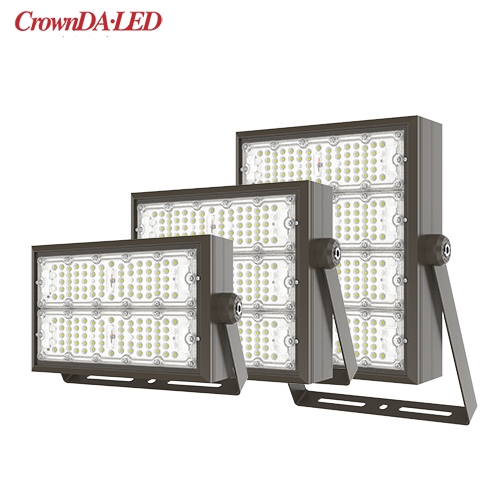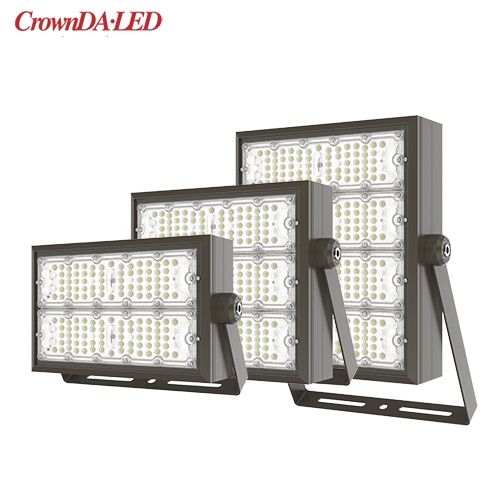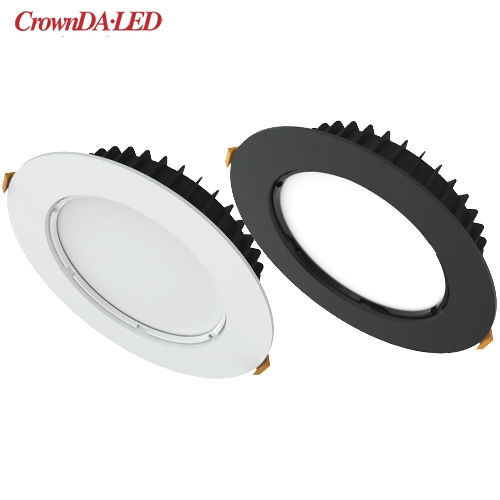Legalization of cannabis cultivation and large-scale vertical farms, with over 300 domestic plant lighting industry chain manufacturers in China
Views : 2697
Author : Shenzhen Crown Lighting
Update time : 2021-07-26 17:06:13
Legalization of cannabis cultivation and large-scale vertical farms, with over 300 domestic plant lighting industry chain manufacturers in China
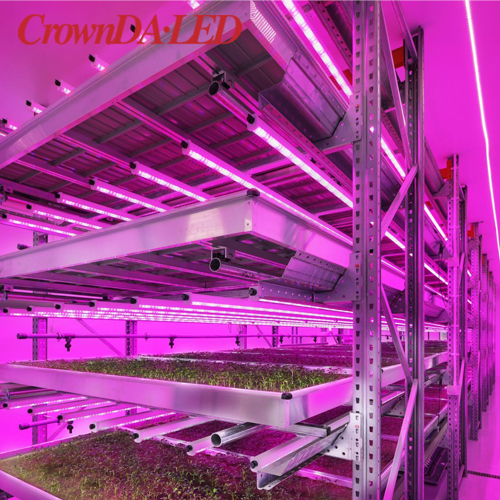 With the large-scale cultivation of high value-added economic crops such as industrial hemp, the plant lighting industry has also begun to usher in the "outflow" period. According to a survey conducted by TrendForce's Optoelectronics Research Division, LED plant lighting fixtures, which account for about 60% of plant lighting in 2020, will become one of the fastest growing lighting applications. The main reason is the gradual legalization of cannabis cultivation in North America. The new crown pneumonia epidemic has caused a surge in the size of the medical and recreational cannabis market.
With the large-scale cultivation of high value-added economic crops such as industrial hemp, the plant lighting industry has also begun to usher in the "outflow" period. According to a survey conducted by TrendForce's Optoelectronics Research Division, LED plant lighting fixtures, which account for about 60% of plant lighting in 2020, will become one of the fastest growing lighting applications. The main reason is the gradual legalization of cannabis cultivation in North America. The new crown pneumonia epidemic has caused a surge in the size of the medical and recreational cannabis market.
Driven by the continuous increase in demand, the supply side has accelerated its entry into the grow light market, such as LED drive power supply manufacturers Songsheng shares and Inventronics. From last year to the present, the two leading companies in the power supply industry have achieved substantial growth in the revenue of LED grow light power supplies. In addition to power supply manufacturers, chip, device, and growing lights manufacturers have also accelerated the pace of deployment, aiming to catch up with the dividends brought about by the rapid development of the market.
Plant lighting develops rapidly and the market scale continues to grow
Driven by multiple factors such as the legal commercialization of special cash crops in North America, the epidemic has promoted global awareness of food crises, land shortages, and the rise of plant factories, plant lighting has developed rapidly in recent years. According to statistics from Frost & Sullivan, the global plant supplement light equipment market has increased from USD 1.76 billion in 2015 to USD 3.79 billion in 2019, with an average annual compound growth rate of 21.1%. Frost & Sullivan predicts that from 2020 to 2024, the annual compound growth rate of the global plant lighting equipment industry market size will remain at 25.5%, and the market size will reach 11.50 billion U.S. dollars in 2024.
There are currently four main types of plant lighting on the market: LED grow bulb, fluorescent lamps, high-pressure sodium lamps, incandescent lamps and halogen lamps. According to OFweek Industrial Research Institute, by 2021, the global LED plant growth lamp market will account for 60%. It is expected that the penetration rate of LED light sources will further increase in the future, occupying the mainstream of the plant lighting field.
The current global LED plant lighting downstream application market is still mainly concentrated in Japan, the United States, the Netherlands and other countries. According to the statistics of the LED Research Institute of Gaogong Industry Research, our country's LED plant lighting exports in 2020 will exceed 500 million US dollars, an increase of 426.3% over the same period last year. According to data from Zhiyan Consulting, the output distribution of our country's LED plant lighting systems and lamps market in 2019 is 108,300 sets and 409,900 sets, domestic demand is only 14,957 sets and 59,846 sets, and overseas market demand accounts for seven-eighths.
China's LED plant lighting inventory demand market is relatively small, and there is huge room for growth in the future. Compared with the same period in 2018, the market demand for LED plant lighting systems and lamps in our country has grown rapidly in 19 years, with year-on-year growth rates of 21.94% and 22.46% respectively. The Chinese Academy of Agricultural Sciences predicts that according to the current scale of our country's agricultural industry, the demand for agricultural LED lighting fixtures and their control equipment will reach several billion yuan in the next five years.
Strong downstream demand drives innovation in core components
On the one hand, in the past ten years, the recreational cannabis industry has gradually begun to be legalized. Most countries prohibit the use of cannabis for recreational purposes. In addition to prohibiting the cultivation, sale and smoking of cannabis, the law also imposes heavy taxes on businesses and individuals that legally grow and sell cannabis. But the Netherlands has always implemented an informal decriminalization policy against cannabis. In 13 years, Uruguay became the first country in the world to legalize the sale and cultivation of cannabis; in October 18, Canada followed closely. Currently, recreational marijuana legalized countries such as Canada, Georgia and Uruguay, as well as some states in the United States. The vast majority of hemp needs to be grown indoors, and these increased demands will drive the growth of plant factories, thereby driving the demand for the plant lighting market.
On the other hand, all countries and regions around the world are promoting vertical farms. Vertical farms with huge growth space in the future will continue to drive the growth of the plant lighting market. According to statistics from Frost & Sullivan, it is estimated that the global market size of plant supplementary lighting equipment applied to plant factories in 2024 will reach 1.47 billion U.S. dollars, and the compound annual growth rate from 20 to 24 will reach 44.2%.
Driven by demand, the core structure of LED grow lights began to innovate.
Because of the low cost of traditional plant lights, they are still used in plant lighting. However, as artificial light source technology matures, LED light sources with more advantages gradually replace traditional light sources and gradually become the main light source for plant lighting. LED light source plant lighting is more efficient and energy-saving. The use density of lamps for agricultural lighting is extremely high compared to general lighting. San’an Zhongke’s research shows that plants with high light demand consume up to 500-1000W of electric power per square meter of planting area, which places stringent requirements on the electrical-to-optical conversion efficiency of plant lights. At present, the electro-optical conversion efficiency of LED plant lamps is more than 20 times that of incandescent lamps, 3 times that of fluorescent lamps, and nearly twice that of high-pressure sodium lamps.
In terms of driving power, LED plant light bulb driving power has more stringent requirements than other LED driving power in terms of conversion efficiency, temperature control, precise dimming, and warranty life. In terms of conversion efficiency, the higher the efficiency of the LED grown lamp drive power supply, the lower the power loss and the loss efficiency in the form of heat dissipation. For terminal planting, it can not only save electricity expenses, but also control the temperature in the plant factory, so that excessive temperature will not affect the optimal growth of plants. In terms of precise dimming, the LED plant grow light drive power supply provides functions such as adjustable spectrum and intelligent programming to realize that the plant lighting system finally outputs the light required by the planted plants according to the spectral requirements of different plants. In terms of warranty life, plant lighting fixtures needs a longer warranty life of the power supply, so there are higher requirements for the reliability and quality of the driving power supply.
Related products
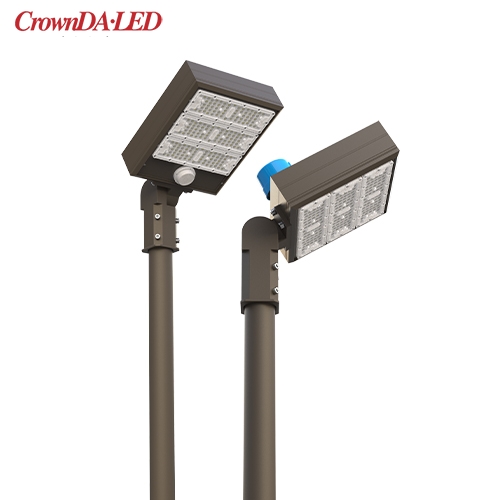
ARQ Series Shoebox LED lights, UL DLC listed, 100W-400W, 5-10 Years Warranty, 100-480VAC, 140-200lm/W
► UL/cUL/SAA/FCC/CE/Rohs Approval
► DLC 5.1 Premium
► Photocell, Daylight harvest, Microwave Sensor, 0-10V Dim Optional
► Multi-Voltage: 100-277V/100-347V/480Vac
► 100W-400W, 140-200 lm/W
► IP66, 5-10 years warranty
Subscribe
We will share with you our latest product info or LED industy info. Thanks.


